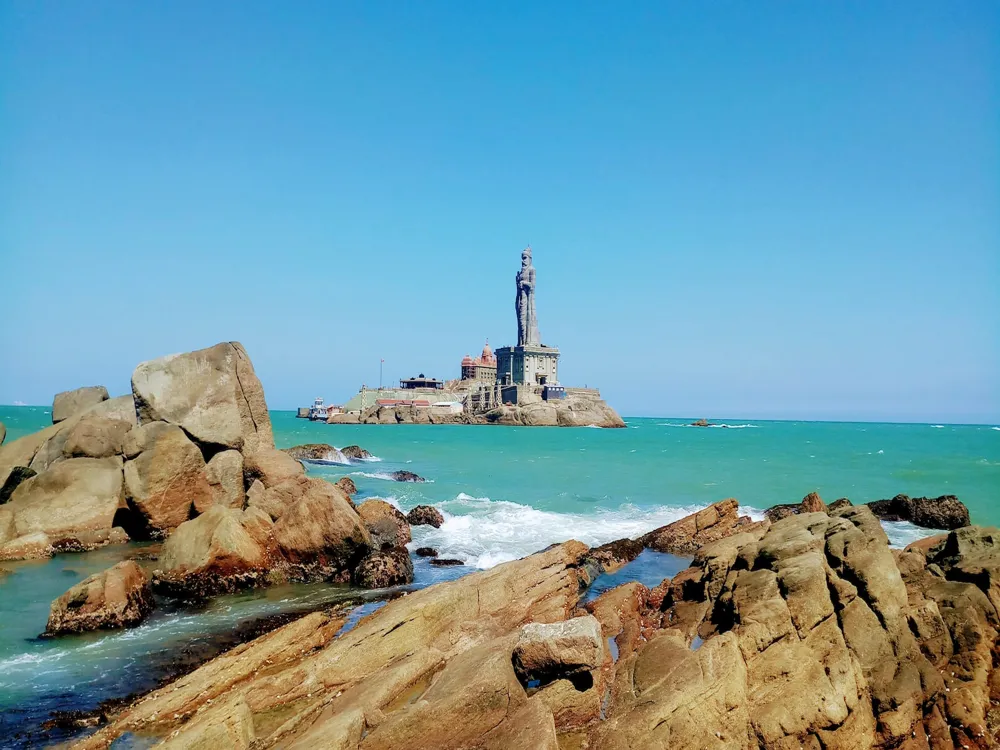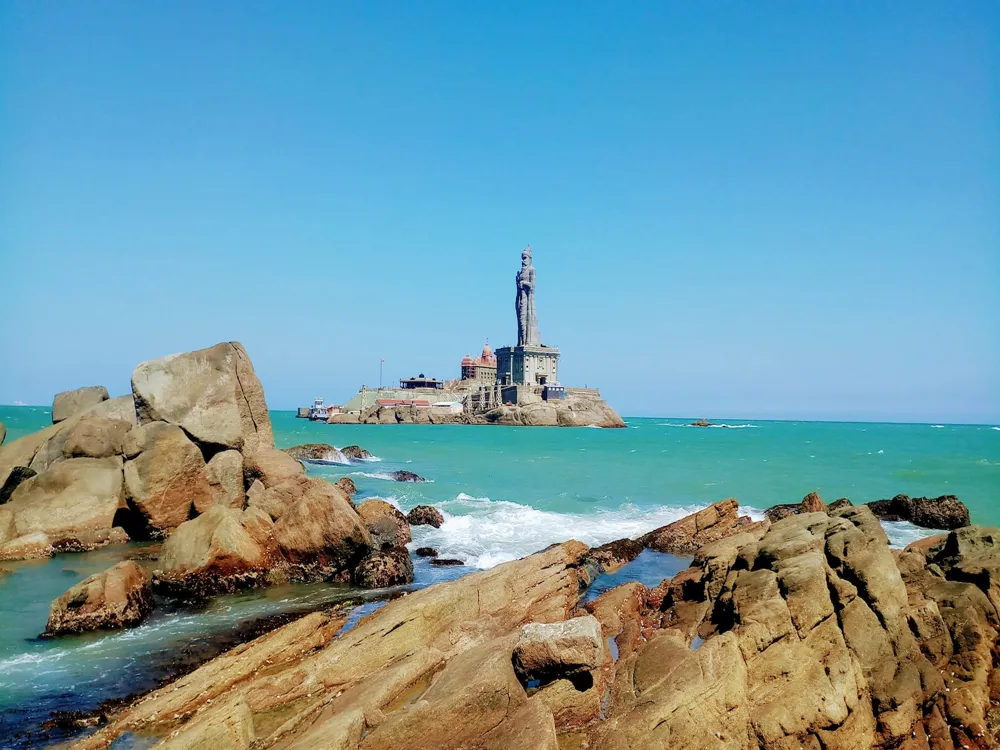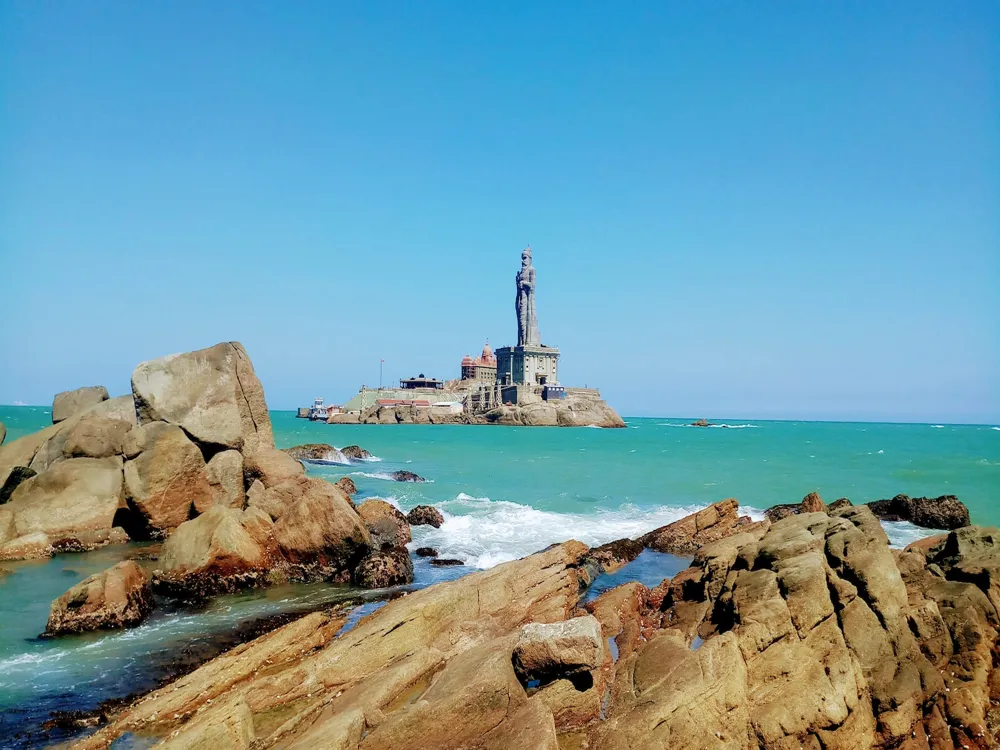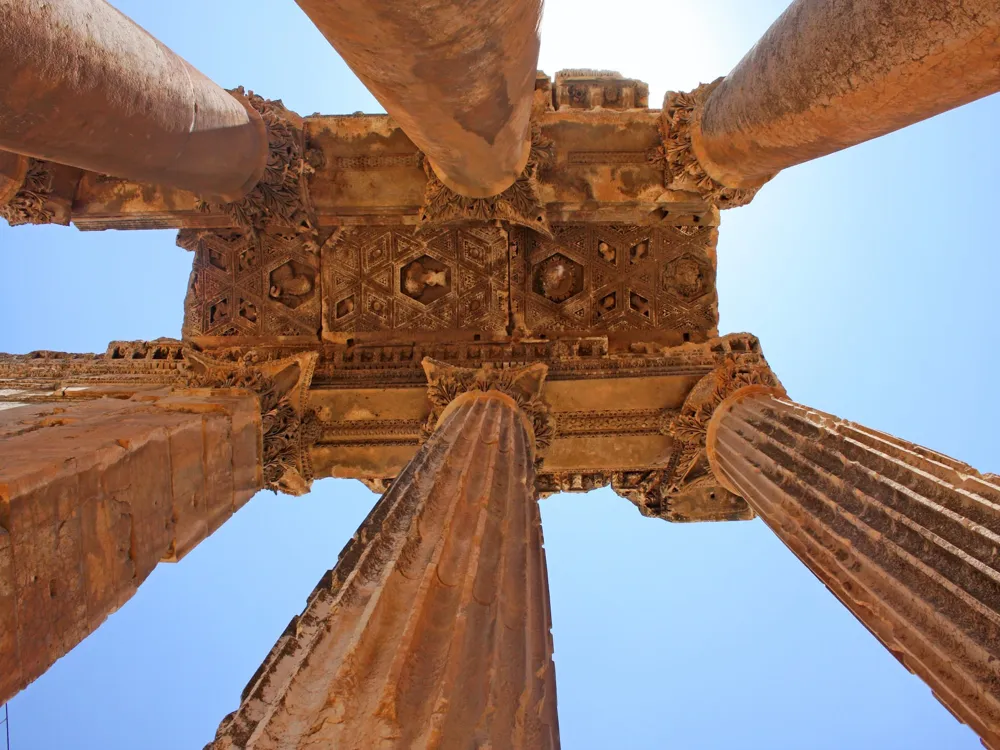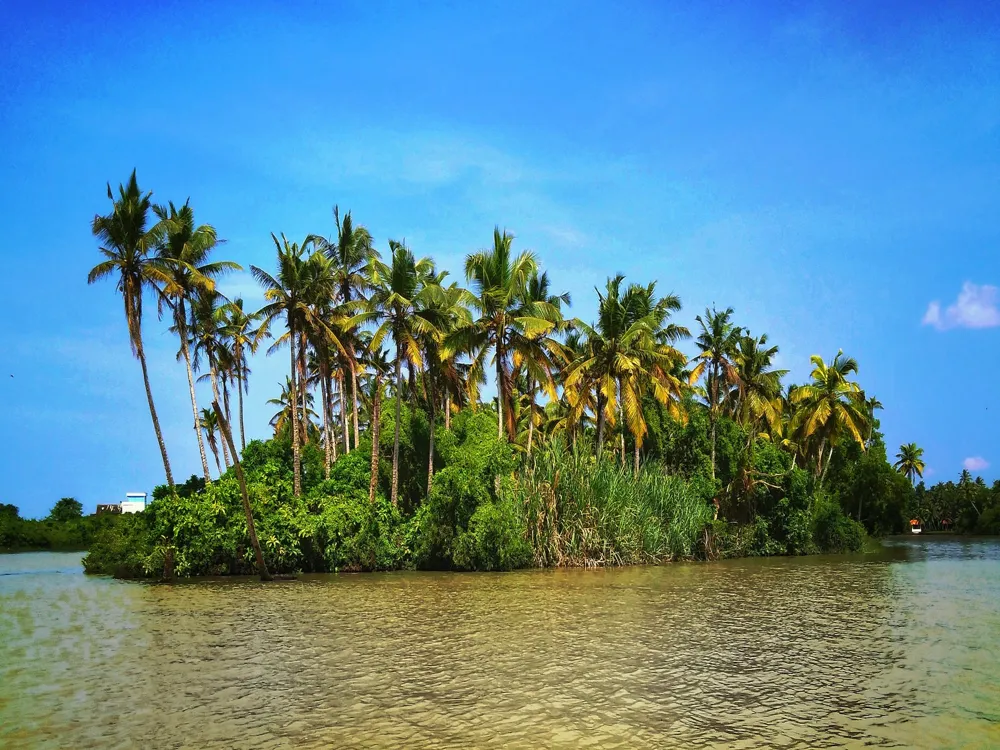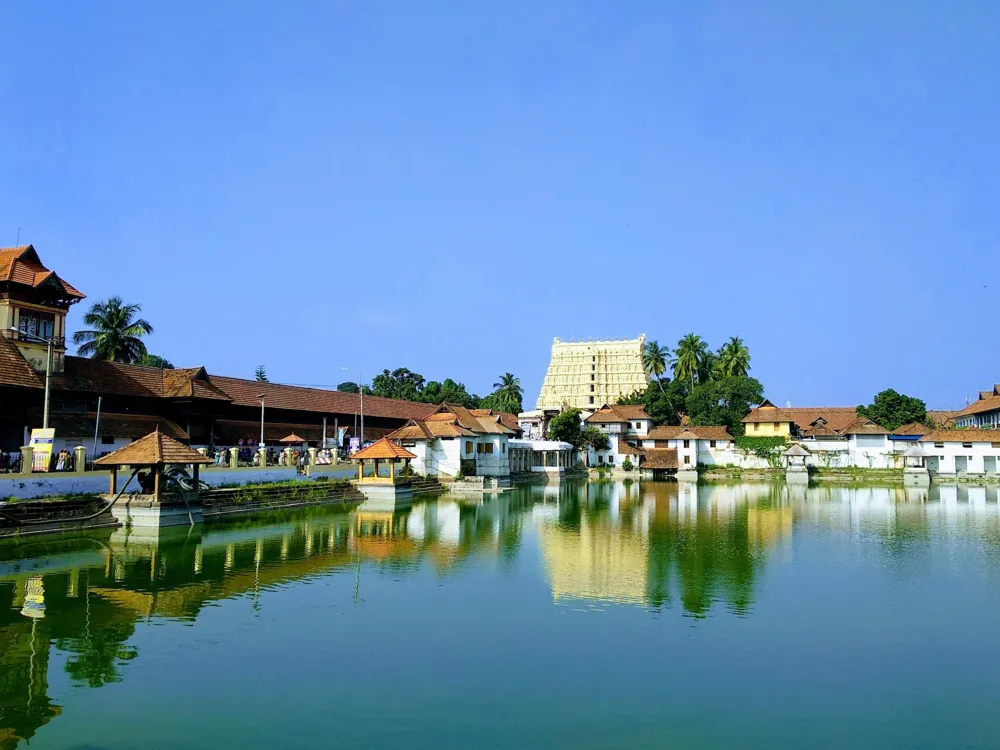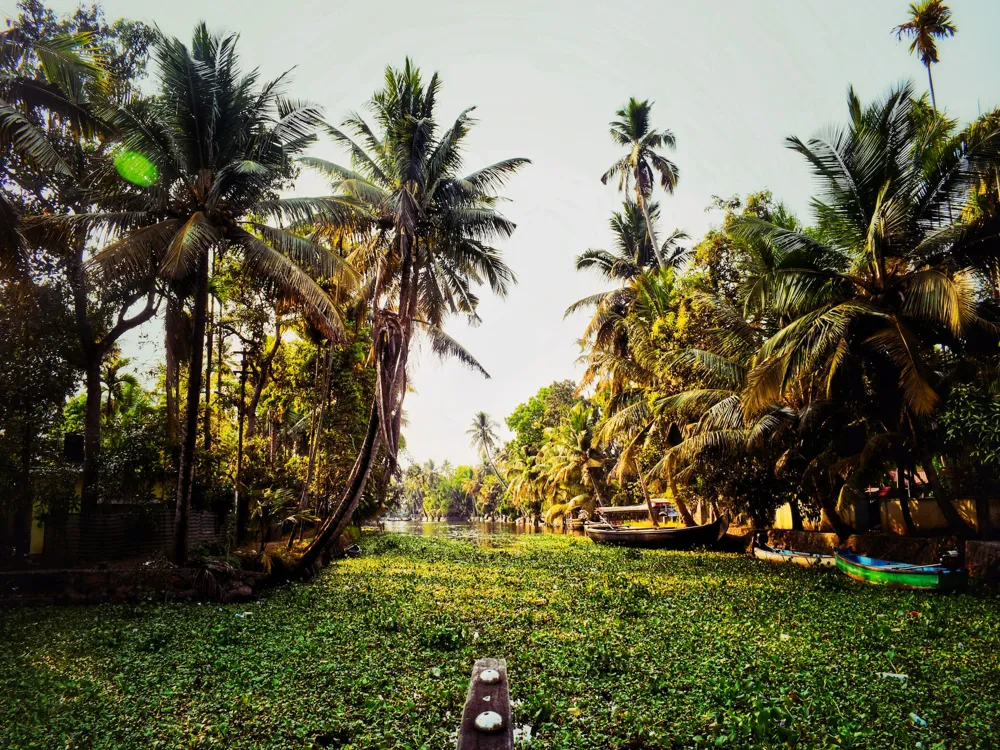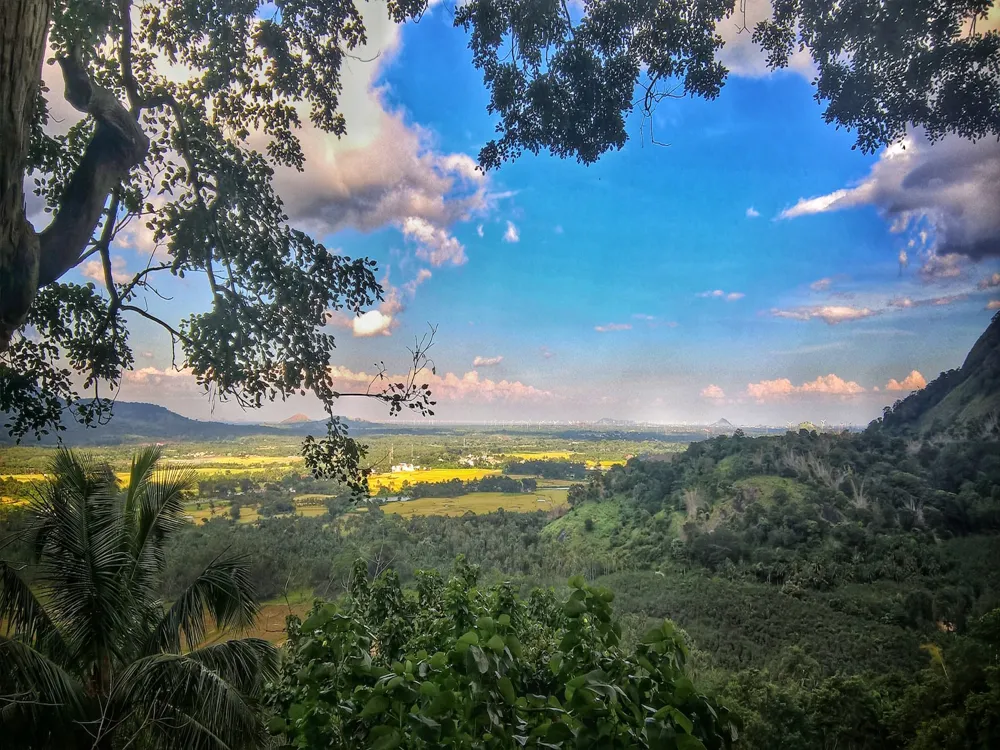Kanyakumari, the southernmost tip of the Indian subcontinent, is not only known for its picturesque landscapes and cultural significance but also for its unique attractions, one of which is the Wax Museum. The Wax Museum in Kanyakumari offers a one-of-a-kind experience, showcasing an array of wax figures that represent important personalities from various fields such as history, politics, religion, and entertainment. This museum is a creative endeavor that brings to life the effigies of famous figures, enabling visitors to witness a blend of art and history in a single space. The concept of a wax museum in Kanyakumari is intriguing, as it is relatively uncommon in this part of the world. The museum displays the wax statues of prominent figures, both historical and contemporary, offering a visual treat to its visitors. Each figure is crafted with meticulous attention to detail, making them look lifelike and providing an immersive experience. As visitors walk through the museum, they encounter the lifelike figures of national heroes, global leaders, revered saints, and renowned celebrities. The museum serves as an educational and entertaining spot, drawing the attention of tourists and locals alike. The Wax Museum stands out for several reasons. Firstly, its location in Kanyakumari adds to its allure, being situated in a region rich in history and culture. Secondly, the quality of the wax figures is exceptional, with each statue being a result of painstaking labor and artistic prowess. The figures are not just static displays; they are crafted to convey emotions and depict characters in action, making them more engaging for the audience. The museum also includes interactive elements, allowing visitors to learn more about the personalities represented. Another significant aspect of the Wax Museum is its educational value. It offers a tangible way to learn about historical figures and events, making it an excellent educational trip for students and history enthusiasts. The museum's collection is diverse, featuring figures from various time periods and walks of life, thus providing a comprehensive cultural experience. The Wax Museum plays a vital role in Kanyakumari's tourism sector. It not only adds diversity to the tourist attractions of the region but also contributes to the local economy by drawing visitors throughout the year. The museum's unique appeal lies in its ability to offer an alternative experience to the typical beach and temple visits in Kanyakumari, making it a must-visit destination for those seeking a blend of education and entertainment. The architecture of the Wax Museum in Kanyakumari is as fascinating as the exhibits it houses. The building's design reflects a blend of traditional and modern architectural elements, creating a space that is both aesthetically pleasing and functionally efficient. The museum's architecture is thoughtfully planned to enhance the visitor's experience, with ample lighting, climate control, and layout design that guides the visitors through a seamless journey from one exhibit to the next. The entrance of the museum sets the tone for what lies inside. It is designed to be welcoming and intriguing, drawing visitors into a world where art meets history. The interiors are spacious, ensuring that the wax figures are displayed without feeling cramped, allowing visitors to view them from different angles. The use of lighting is particularly noteworthy, as it plays a crucial role in bringing the wax figures to life, highlighting the intricate details and craftsmanship of each piece. The design and layout of the Wax Museum are strategically planned to provide an immersive experience. The exhibits are arranged thematically, grouping together figures from similar fields or historical periods. This thematic arrangement helps in creating a narrative flow, making it easier for visitors to connect with the figures and the stories they represent. The museum also employs state-of-the-art technology to enhance the visitor experience, such as audio guides and interactive displays, providing a rich and engaging environment. The use of space in the museum is another architectural marvel. Despite housing a significant number of wax figures, the museum does not feel overcrowded. The spatial design ensures that each figure has its own spotlight, enabling visitors to appreciate the artistry without any distractions. The flow from one exhibit to the next is seamless, ensuring that visitors do not miss any important displays. The Wax Museum's architecture not only serves functional purposes but also pays homage to the rich cultural heritage of Kanyakumari. Elements of local architecture are incorporated into the design, creating a connection between the museum and its geographical context. This integration of cultural elements adds an extra layer of significance to the museum, making it a true embodiment of the region's artistic and cultural identity. In line with contemporary architectural trends, the Wax Museum also focuses on sustainability. The building is designed to be environmentally friendly, utilizing natural light and ventilation to reduce energy consumption. The use of sustainable materials in construction and the implementation of eco-friendly practices in the maintenance of the museum underscore its commitment to environmental conservation. Although the Wax Museum can be visited throughout the year, the best time to explore it is during the cooler months, from October to March. This period offers pleasant weather, making your visit more comfortable. Photography is generally allowed in the Wax Museum, but it's important to check for any specific guidelines or restrictions. Flash photography may be prohibited to protect the wax figures. Before visiting, check the latest ticket prices and any available discounts or combo offers. Tickets can sometimes be purchased online, which can save time and avoid queues. The museum is designed to be accessible to everyone, including those with mobility challenges. However, it's advisable to check in advance for any specific accessibility services or facilities. Reaching the Wax Museum in Kanyakumari is convenient as it is well-connected by various modes of transportation. The town of Kanyakumari is accessible by road, rail, and air. The nearest airport is Trivandrum International Airport, which is about 67 kilometers away. From the airport, you can hire a taxi or take a bus to Kanyakumari. If you are traveling by train, Kanyakumari has its own railway station, and the museum is just a short drive from there. For those driving, the museum is well-connected by road, with clear signages guiding you to your destination. Read MoreOverview of the Wax Museum in Kanyakumari, Tamil Nadu
Unique Features of the Wax Museum
Importance of the Wax Museum in Kanyakumari's Tourism
Architecture of the Wax Museum in Kanyakumari
Innovative Design and Layout of the Museum
Integration of Cultural Elements in the Museum's Architecture
Environmentally Conscious and Sustainable Design
Tips When Visiting the Wax Museum
Best Time to Visit
Photography Guidelines
Ticket Information
Accessibility Features
How To Reach the Wax Museum in Kanyakumari
Wax Museum
Kanyakumari
Tamil Nadu
NaN onwards
View kanyakumari Packages
Weather :
Tags : Museum
Time Required : 1 to 2 hours
Planning a Trip? Ask Your Question
Kanyakumari Travel Packages
View All Packages For Kanyakumari
Top Hotel Collections for Kanyakumari

Private Pool

Luxury Hotels

5-Star Hotels

Pet Friendly
Top Hotels Near Kanyakumari
Other Top Ranking Places In Kanyakumari
View All Places To Visit In kanyakumari
View kanyakumari Packages
Weather :
Tags : Museum
Time Required : 1 to 2 hours
Planning a Trip? Ask Your Question
Kanyakumari Travel Packages
View All Packages For Kanyakumari
Top Hotel Collections for Kanyakumari

Private Pool

Luxury Hotels

5-Star Hotels

Pet Friendly








